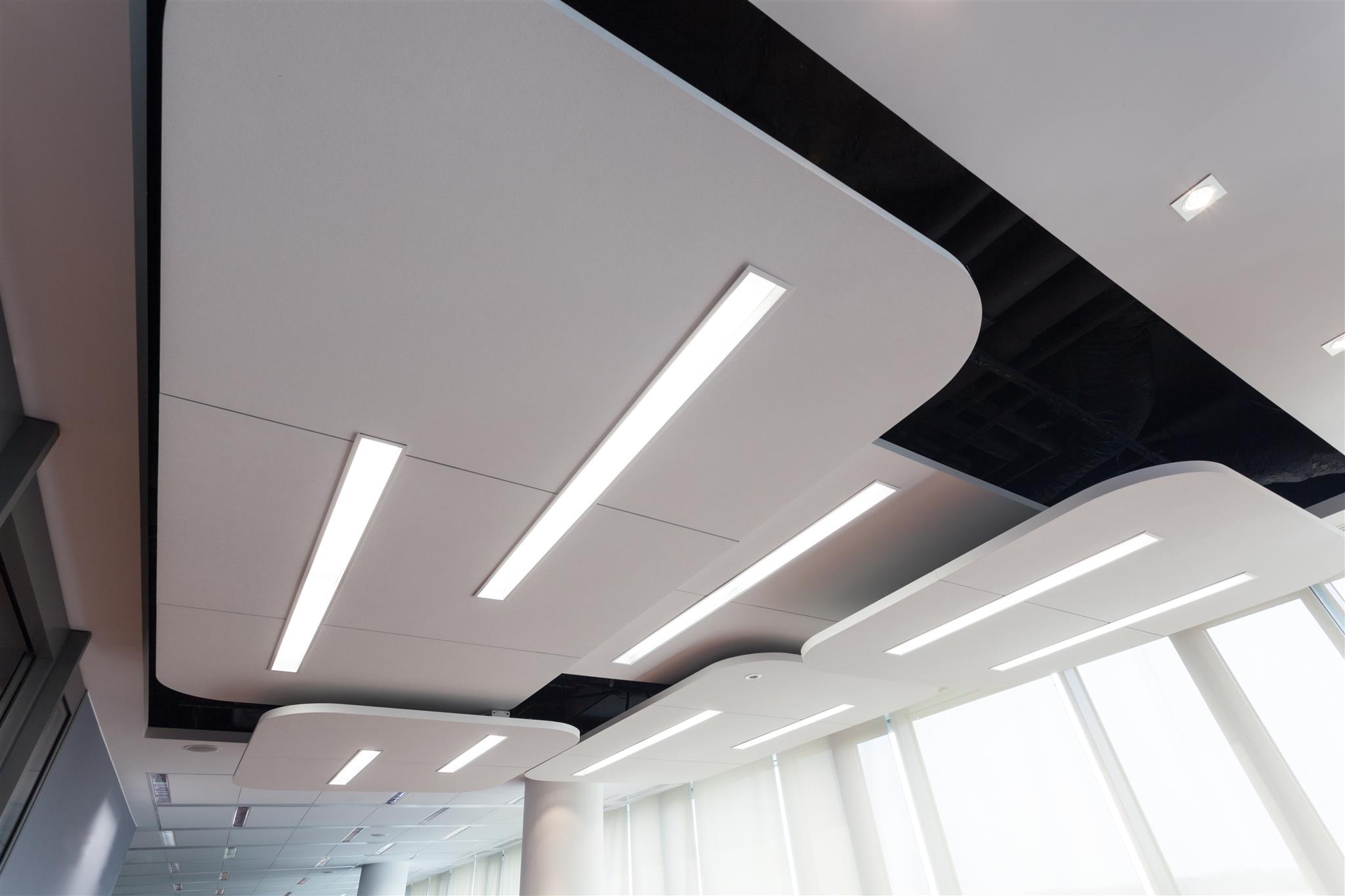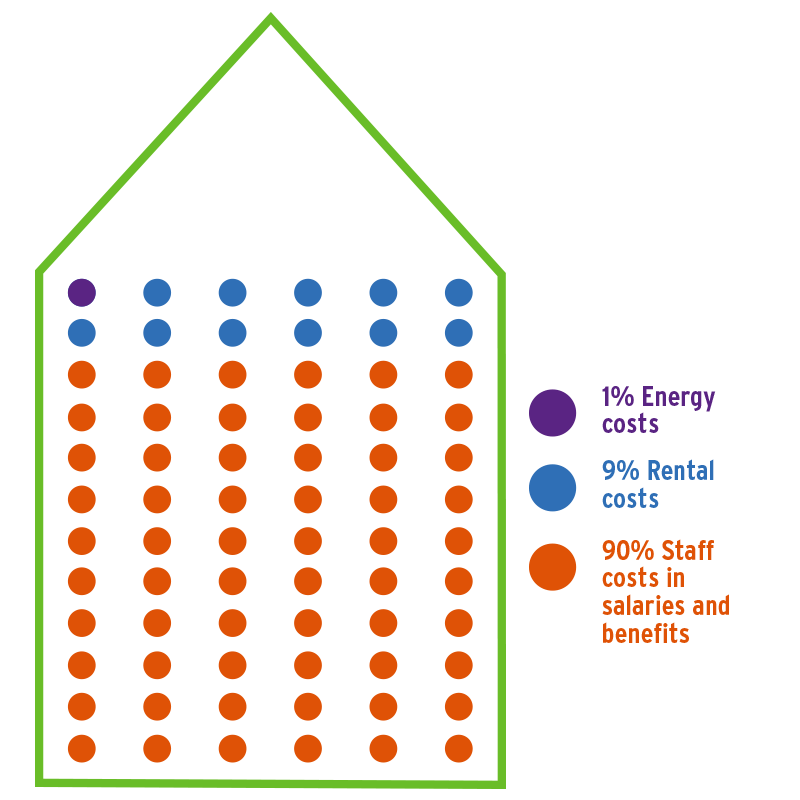

The Nobel Prize in Physiology or Medicine 2017 was awarded jointly to Jeffrey C. Hall, Michael Rosbash and Michael W. Young "for their discoveries of molecular mechanisms controlling the circadian rhythm". The team’s discoveries helped to explain the mechanism by which light can synchronise the 24-hour body clock.
A circadian rhythm is any biological process that displays an endogenous oscillation of about 24 hours interacting with the environment(https://en.wikipedia.org/wiki/Circadian_rhythm).
These 24-hour rhythms are driven by a circadian clock, and they have been widely observed in all living species. The rhythm is linked to the light–dark cycle. The environmental cues that reset the rhythms each day are called zeitgebers (from the German, "time-givers").
Light is the most important timer for our internal clock.
Even a single biological cell experiences a biological clock.
We need light to wake up in the morning and darkness to fall asleep at night The true value of light lies in the combination of excellent visual, biological and emotional benefits. Light affects sight, feeling of safety, orientation, alertness, cognitive performance, sleep/wake cycle, mood, energy and relaxation.
As mammals, our eye lenses deteriorate with age and thus aging people need more and better light to see and to influence their circadian system.
A 70-year-old person needs two times the amount of light compared to a 30-year-old person.
In the EU in 2020, 41% of population will be above 50 years old.
Buildings are built to protect us from outdoor weather conditions (rain, cold/warmth), allowing us to live and work in comfort.
Good lighting is a basic requirement for people in a healthy building, besides air quality, thermal comfort and acoustics.
Good lighting using lighting systems reacts instantly to user needs, thereby reducing energy use and enhancing usability and comfort of the space.
Minimum light quality requirements are described in European standards (EN 12464-1).
Light quality requirements for visual effects of light:
• Colour renderingFor non-visual effects of light:
• TimingWe need the right light for our activities at the right place at the right time.
This requires intelligent and digital lighting.
• Dynamic lighting allows dimming and boosting of light intensity.
• Tuneable lighting allows variation of the light spectrum.
• Dynamic and tunable lighting enable Human Centric Lighting.
HCL supports health, well-being and performance of humans by combining visual, biological and emotional benefits.
Good lighting minimizes the impact on the environment.
Good efficient lighting in a building is a combination of daylight and electric light.
The maximum EU-28 total annual electricity savings for optimized lighting system designs with controls (depending on the reference light source scenario) are:
• 20-29 TWh/year in 2030
• 48-56 TWh/year in 2050
Good lighting using lighting systems react instantly to user needs, thereby reducing energy consumption
 The chart by the World Green Building Council illustrated a simplified split of cost in buildings http://www.worldgbc.org/news-media/health-wellbeing-and-productivity-offices-next-chapter-green-building
The chart by the World Green Building Council illustrated a simplified split of cost in buildings http://www.worldgbc.org/news-media/health-wellbeing-and-productivity-offices-next-chapter-green-building